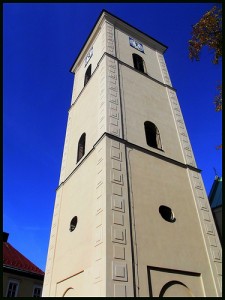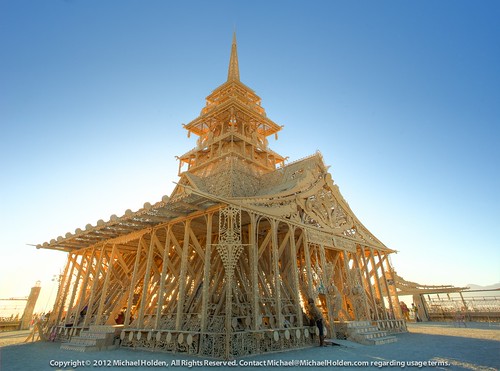 When I went back to graduate school in my 40s, I took with me years of having produced films, network TV programs, and a mass-market book. I thought the theological faculty would be impressed. They were not, except for my advisor who saw the potential for mass-media religious education. My qualifications and publishing record was enough to get me into a Master of Arts program at Union Theological Seminary in the City of New York, but I quickly discovered that academia and mass-media didn’t relate very well with each other.
When I went back to graduate school in my 40s, I took with me years of having produced films, network TV programs, and a mass-market book. I thought the theological faculty would be impressed. They were not, except for my advisor who saw the potential for mass-media religious education. My qualifications and publishing record was enough to get me into a Master of Arts program at Union Theological Seminary in the City of New York, but I quickly discovered that academia and mass-media didn’t relate very well with each other.
Also against me was that I was “a believer.” I soon learned that the worship department stood on its own; it didn’t interface much with the academic lines. I found that odd. I still don’t understand why departments of religion and divinity schools separate faith and analytics. Is faith and worship too soft? Certainly a subject for some research.
Then again, everyone I knew at the time warned me not to go to graduate school to study theology. As a matter of fact, the founder of a major mass-market spirituality magazine told me bluntly, “don’t study religion or you’ll lose your faith!” I actually had the opposite experience. Studying ancient writings in asceticism, and in doctrine, and mystical practices served to increase my faith. Now, I’m able to add what I learned in historical-critical context.




